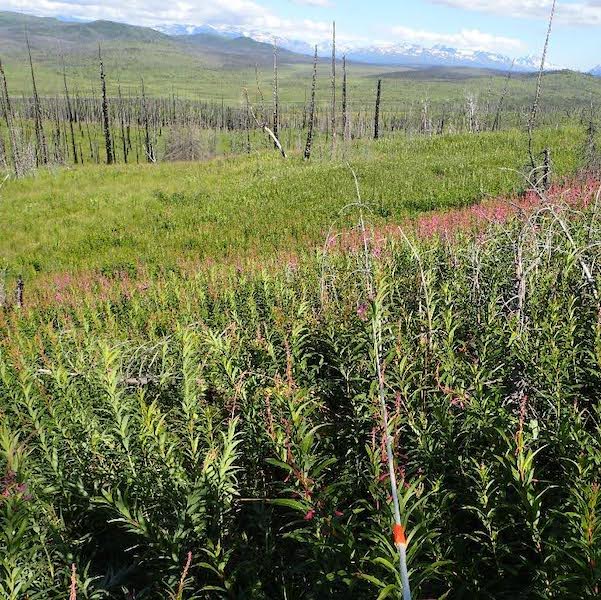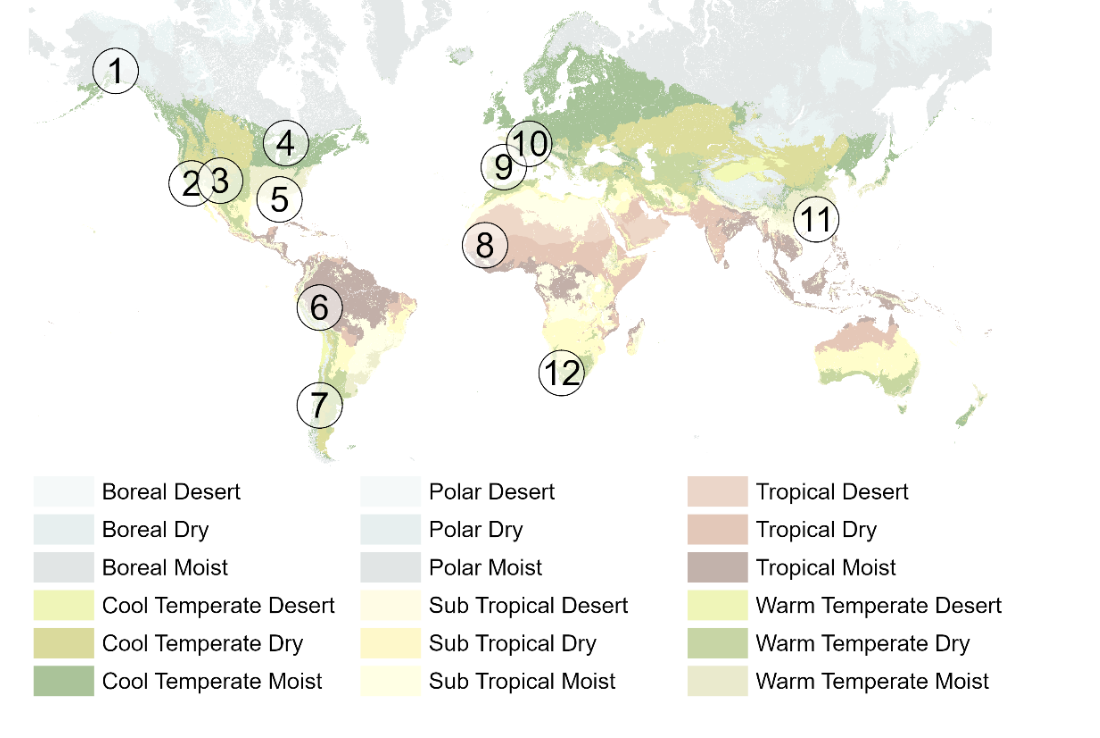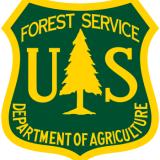21st-Century Droughts Are Transforming Ecosystems

Alaska’s boreal forests are declining, as increasing drought stress and fire kill off the next generation of conifer trees. Where boreal forest has disappeared, new plant communities—like grasslands and aspen forests—have begun to take its place.
Elsewhere, in the southeastern United States, droughts have decimated saltmarsh vegetation, turning saltmarshes into mudflats or open water.
In the Southwest, pinyon pines have experienced widespread die-offs during extreme droughts. Meanwhile, junipers and grasses have expanded.
Across the globe, natural resource managers now face the reality of stewarding such landscapes with vastly different species and functions. These are just three examples of drought-triggered ecological transformation, a growing phenomenon that is highlighted in a new paper in the journal BioScience.
Research on ecological drought demonstrates that while many species are tolerant of water shortages, others may experience declines, with recovery taking years or even decades after drought ends. The new study, funded by the U.S. Geological Survey (USGS) National Climate Adaptation Science Center, discussed an even more extreme possibility—that some ecosystems will never recover from drought. Instead of returning to pre-drought conditions, some ecosystems may undergo transformation, or a shift into a new, persistent state, dominated by different forms of vegetation.
Ecosystem transformations represent a major challenge for natural resource agencies. Those caused by drought can be particularly rapid and surprising. To aid preparedness, researchers synthesized science on the mechanisms involved in drought-triggered transformation. Their work provides a broad overview of this phenomenon and highlights three major points about drought’s ability to cause long-term ecological change:
1. Drought-triggered transformations are happening across the globe.
The paper highlights a dozen examples of transformations triggered by drought. They occur in many types of ecosystems, including temperate and tropical forests, grasslands, and woodlands. This suggests the risk of transformation is not limited to arid ecosystems or forests, which have received the bulk of scientific attention.
2. Shifting drought regimes are eliciting more extreme ecosystem responses.
As the climate warms, many regions of the planet are expected to experience novel and more extreme drought regimes. This is true even where annual precipitation is increasing. Certain forms of drought, including hotter droughts, snow droughts, and flash droughts, are becoming more common. Plant communities in a location may not be adapted to the changing character of drought, which may have greater impacts and exacerbate the risk of transformation.
3. Drought interacts with stressors that reduce ecosystem resilience.
Increasing drought severity is not the only factor causing transformation. The ability of ecosystems to recover from drought is also changing in the 21st century. Stressors like habitat loss, invasive species, and fire are increasingly likely to occur alongside or after drought and disrupt recovery after drought. Although managers have little control of the severity of drought, they may be able to reduce the likelihood of transformation by addressing these stressors.

The Next Challenge: Preparing for the Future
Translating this information into readiness is the next challenge. Many managers are already aware that climate change can trigger large shifts in the systems they manage. But they may not be aware that these changes could happen quite rapidly—after the next severe drought. Syntheses such as this can help managers develop both proactive and reactive strategies to respond to drought. A better understanding of the mechanisms involved also aids in developing predictive science to tell us what systems are most vulnerable. However, some aspects of ecosystems are just not predictable. Rather than aiming to perfectly predict the future, managers could prepare for a range of potential outcomes and consider how their actions could steer the recovery of ecosystems towards preferred conditions after drought.


















